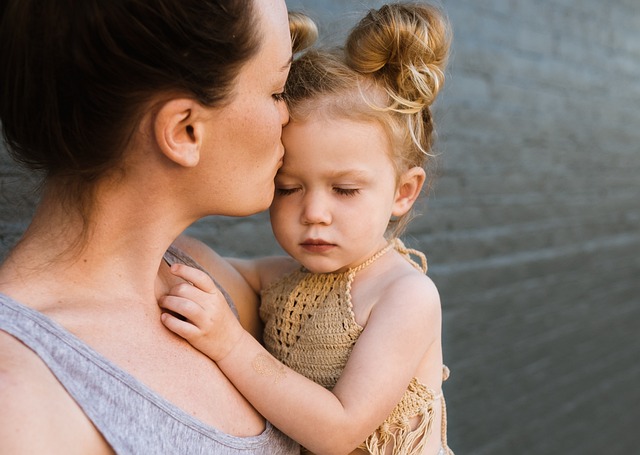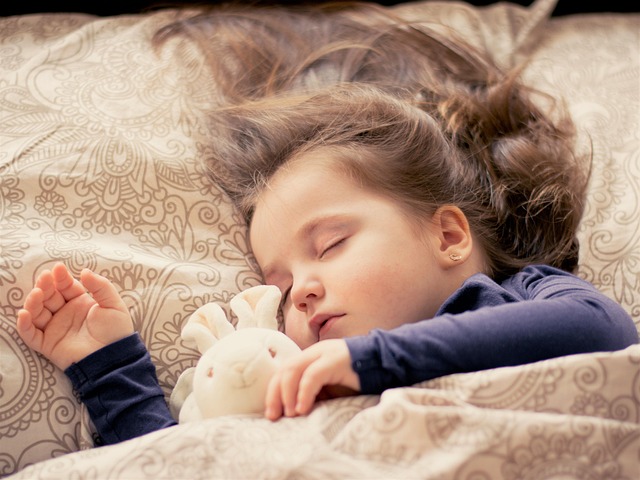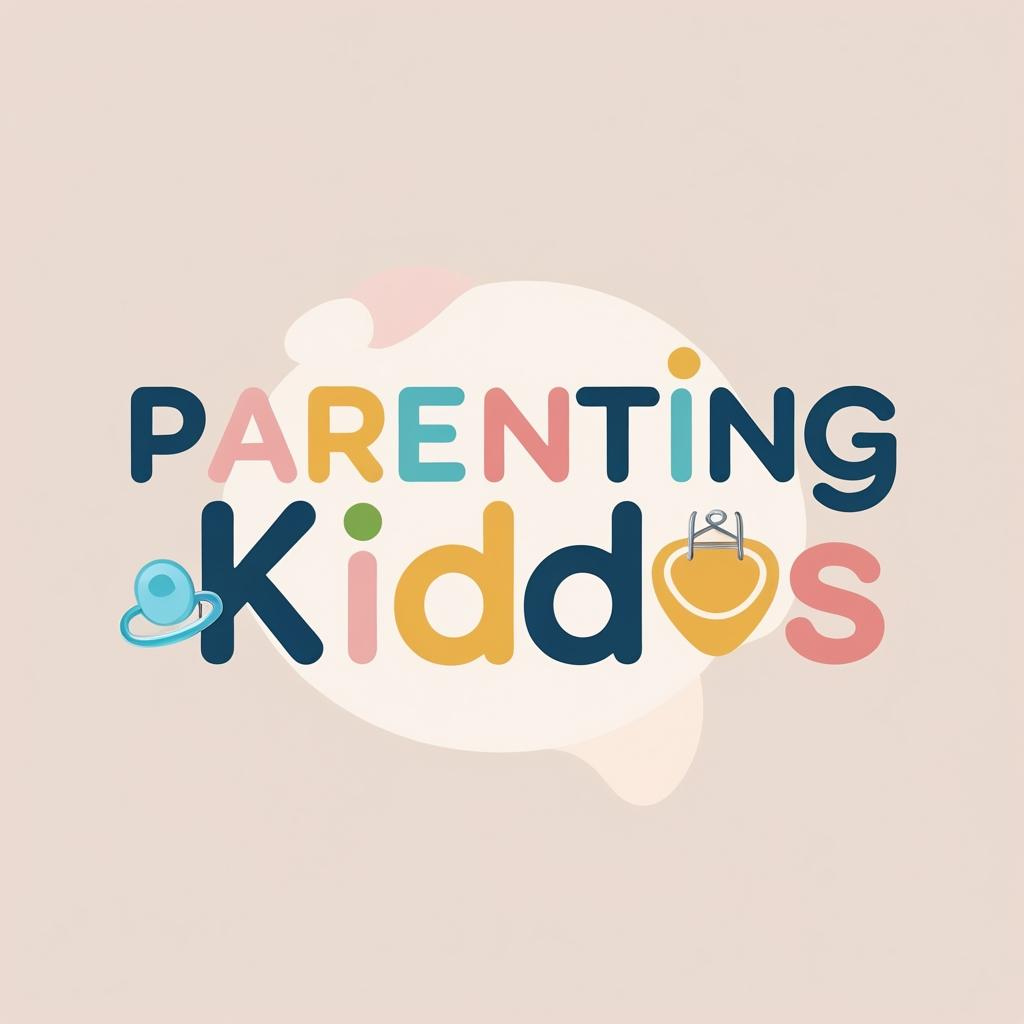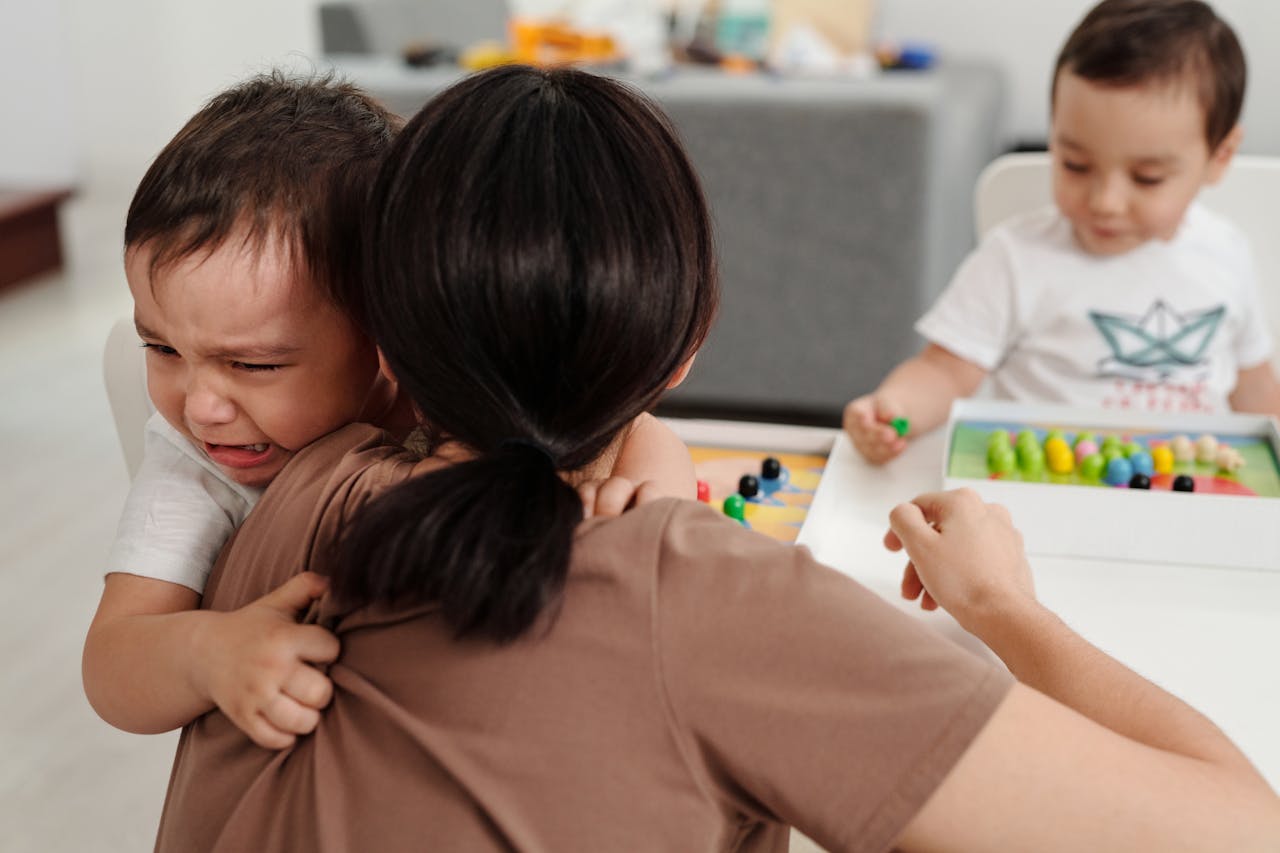Is your toddler clinging to you every time you leave the room? Do they cry at daycare drop-offs or bedtime? These are classic signs of separation anxiety in toddlers—a common but manageable phase. In this guide, we will help you understand how to handle toddler separation anxiety. Before that, let’s find out the reason for anxiety in toddlers.
What Is Separation Anxiety in Toddlers?

Separation anxiety is a strong emotional response that toddlers experience when they are away from their primary caregiver, often the mother. It’s a sign that your child has formed a strong, healthy attachment—but they’re still learning that separation is temporary.
Separation anxiety usually starts around 8 to 12 months and may come and go through toddlerhood. It’s not a behavioral problem—it’s a developmental milestone.
It’s quite natural for your little munchkins to want to be closer to you. However, you may notice the toddler crying when mom leaves or sneaking out of their sight. They typically want to cling to you. Why so?
Well, many pediatricians and child psychologists indicate the behavior as a sign of separation anxiety. Separation anxiety varies widely among children.
Why does separation anxiety arise in toddlers?
Separation anxiety in babies and toddlers is normal in their developmental stage. The child’s fear of losing their family when they are apart makes them more anxious. Usually, this is what causes separation anxiety in toddlers. Remember, this is just a phase of growing up, which shall pass in sometime. The positive side is you have actually been successful in forming a close bond with your toddler.
Besides, if your child is all calm when you leave them alone and feel happy with the company of strangers, it won’t make sense. This anxiety is a sign of realization of who cares for them. Their growing consciousness of their surroundings can also upset them and feel unsafe in new settings or with new people.
Signs of Separation Anxiety

Before you master dealing with toddler clinginess, look at some of the common separation anxiety signs that your child is going through:
- Your child won’t let go of you even if you leave them for a few minutes.
- Your baby cries or frequently wakes up in the middle of the night and refuses to sleep without you.
- They only stop crying as soon as they see you.
- Your toddler demands more attention and affection from you.
- They overwhelm themselves in any new situation and start crying.
If your child wakes up frequently at night due to anxiety, a comforting object can make a huge difference. A soft toddler-safe nightlight like the White Noise Machine for Sleep offers calming light and white noise to help them fall back asleep. Learn how to handle this better in our guide on how to create a calm bedtime routine for toddlers.
Comfort Your Child: Gentle Parenting For Separation Anxiety

Although the time and intensity of daycare drop-off anxiety toddler varies, several factors, including temperament, style of attachment and prior separation experience, influence it.
The best way to deal with toddler tantrums during separation is to make them feel secure and loved when you are around. Start early by establishing routines and using familiar objects. You may also find it helpful to explore our post on how to prepare your child for daycare separation.
How to help your toddler with separation anxiety? Mom-tested tips for toddler separation anxiety.
The best tip for surviving toddler separation anxiety demands preschool prep and ease the transition.
#1. Say quick goodbye
Keep your goodbye sweet and short. Avoid lingering to increase transition time and anxiety.
#2. Comfort and cuddle regularly
Foster a loving and secure attachment with your infant every day by holding them in your arms when they are upset or afraid.
Keep a comfort item nearby, like a plush security blanket or a Comfort Stuffed Toy for Toddlers, that your toddler can hug during times of distress.
#3. Practice leaving for a brief time
Practice leaving your baby for a brief time in a safe place. Return after some time to teach them you can go out of their sight but will again come back to them. You can also play peek-a-boo or hide and seek to help your child learn that even when you go away, you will come back.
While practicing short separations, you can use interactive toys to keep them engaged. A simple Peek-a-Boo Board Book or Montessori busy board can help build emotional resilience through play.
#4. Foster independence
Let your baby crawl away into another room under supervision. This will help them understand that they are safe and develop resilience in their terms.
#5. Avoid breaking your promise
Stick to your promise to return after school to build trust in your child. A routine visual chart like this Visual Routine Chart for Kids can help your child understand what comes next—including when you’ll be back—giving them a sense of structure and comfort.
When to Seek Help
If your toddler’s separation anxiety:
- Continues beyond preschool years
- Interferes with school or social life
- Triggers extreme panic, fear, or physical symptoms (like stomachaches)
It may be more than a phase. Talk to a pediatrician or child psychologist about Separation Anxiety Disorder (SAD).
Summary
Separation anxiety in toddlers isn’t unusual. Once they grow older, they tend to adjust to the scenario. However, it can be seriously distressing for parents and infants, but there are many parenting tips for anxious toddlers that can help to cope with it. Build a connection, communicate and play with your child to help them foster security. Be consistent with routines to help young munchkins. It is essential for them to understand that even if you will come back to them. Sadly, if separation anxiety persists and seems severe, consult with a pediatrician and transparently tell your concerns.
You’re Not Alone on This Journey
Parenting a toddler through separation anxiety can feel overwhelming—but it doesn’t have to be. Join our community of mindful parents for weekly tips, gentle parenting tools, and expert-backed advice.
Frequently Asked Questions (FAQs)
1. How long does separation anxiety last in toddlers?
Separation anxiety typically reaches its apex in toddlers and begins to disappear as the kid develops a good understanding of parents’ or caregiver’s return. However, some parents face toddler clinginess because of separation anxiety for a longer time.
If it persists after preschool years and affects their later childhood, the child may develop a mental health condition called childhood separation anxiety disorder or CSAD. In such a scenario, the child can refuse to go to school or anywhere without their favorite person. They can find it hard to focus at school or stay at someone else’s house.
2. How to comfort your toddler at drop-off?
Drop off can be a tough transition for parents, teachers and toddlers. Especially in the beginning, your toddler won’t stay at daycare. Therefore, start by creating a predictable routine for drop off. For instance, you could inform them in advance, “I’m going to give you 5 kisses and a big bear hug here. You go inside with your lovely teacher. I’ll be back as soon as your school finishes.” Make it feel special for the child at drop off. It is absolutely fine to comfort children with separation anxiety.
Once you bid farewell, walk away. The teacher is present to take care of your child. Again, come with a calm, optimistic and energetic feeling while picking up your toddler to make their day easier. Nonetheless, avoid sneaking away or bribing.
3. How to deal with separation anxiety at night?
Provide your child the much needed comfort and encouragement during daytime to ease bedtime battles. Nevertheless, often your child may seek extra support at bedtime.
- Make your child feel safe before they go to bed. Create a soothing bedtime routine (bath, story, cuddles).
- Keep their security soft toy or a blanket with them.
- Say goodnight in the most calm tone.
- If your child wakes up at night, comfort them by patting or rubbing until they again fall asleep.
- Stay calm and consistent—it builds nighttime security over time.
Use a white noise machine or a soothing bedtime book to create a relaxing routine. One of our favorites is the “Goodnight Moon” Bedtime Story, which helps ease toddlers into sleep with calming repetition.
Top Products to Ease Toddler Separation Anxiety
- Comfort Stuffed Toy for Toddlers
- White Noise Machine for Sleep
- Peek-a-Boo Board Book
- Visual Routine Chart for Kids
- “Goodnight Moon” Bedtime Story
- Plush security blanket
- Montessori busy board
Related Articles You Might Like:
- Why Is My Toddler Not Sleeping at Night?
- How to Build Emotional Security in Toddlers
- 10 Gentle Parenting Tips for Toddlers


Leave a Reply